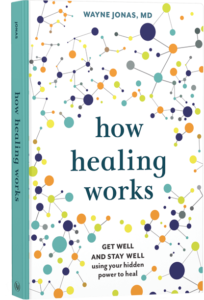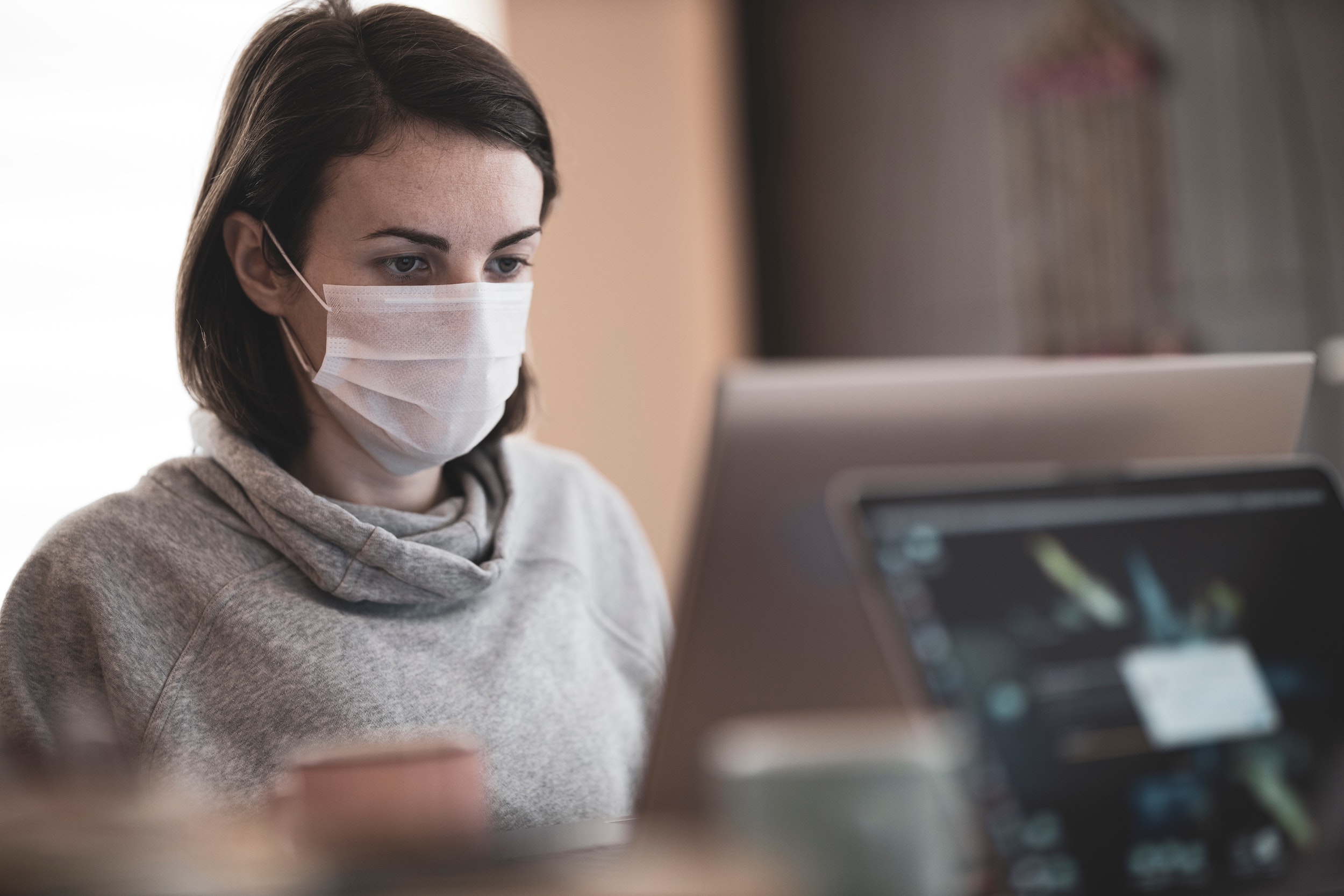If you have chronic pain, you’re not alone. An estimated 25.3 million adults in the United States report severe, daily pain, significantly more women than men, while 55 percent of U.S. adults report at least some pain in the past three months. Chronic pain is one of the most frequent reasons for physician visits and among the most common reasons for taking medication.
But there’s a gender gap when it comes to pain. Women have more frequent, longer lasting, and severe pain than men. For instance, one national survey found that while about 16 percent of white men and 8 percent of black men reported severe pain, those numbers jumped to about 22 percent for white women and 11 percent for black women, respectively.
Women are also more likely to develop painful diseases, such as chronic fatigue syndrome, fibromyalgia, endometriosis, interstitial cystitis, vulvodynia, and temporomandibular disorders (TMJ) than men. They also report greater pain severity than men from certain conditions, such as cancer. And women simply pay attention to pain from physical conditions more than men. They recognize when something is wrong. Men, on the other hand, have a tendency to ignore pain when they should pay attention to it.
Pain Defined
In women, the continual variation of hormonal levels through puberty, menstruation, pregnancy, and pre- and post-menopause contribute to these sex differences. For instance, prior to puberty, there are no significant differences in the development of painful conditions between boys and girls. Afterward, the differences are dramatic, with women two- to six-times more likely to develop chronic pain conditions, such as headaches, irritable bowel syndrome, and fibromyalgia. There are also differences in pain levels and frequency after menopause.
Pain intensity tends to increase when estrogen levels are low and progesterone levels are high, as they are during the second half of the menstrual cycle, possibly because there are more naturally occurring “feel good” chemicals in the brain when estrogen levels are high. You can imagine the evolutionary benefit to this: estrogen levels are highest during pregnancy and childbirth, thus providing some natural pain relief. Indeed, during pregnancy, when levels remain high and steady, studies indicate many pain conditions improve and pain sensitivity is lower.
Life Experiences and Emotional Status
A woman’s past experiences, particularly those involving trauma and abuse, as well as her current emotional state and life stresses, have an enormous impact on her level of pain and even the development of painful conditions. Indeed, I often think of chronic pain as a sign that these experiences are embedded in your body, and pain is the means by which your body responds to those traumas, even if they happened a long time in the past.
Before I say anything else on this, however, let me also say that no matter your past history, your pain is real. It’s just that your past history may increase your body’s response to pain and make you more susceptible.
One study of 380 women found that those who reported they had been victims of bullying or abuse were more likely to experience painful genital/urinary conditions. What happens is that their body remains on high alert. In most people, the normal response to pain is that the body adjusts and the pain diminishes. But in people with a history of trauma, the body exists in constant “alert” mode, leading to a hyper-awareness of external and internal stressors.
Even socioeconomic status and work environment can impact the perception of pain.
This is why it is so important that you work with your health care team to identify issues beyond the physical—including the emotional, social, mental, and spiritual—to help you.

Facing Discrimination
Numerous studies dating back decades attest to the fact that the medical system does not take women’s pain seriously, whether chronic or acute. For instance, a 2011 report from the National Institutes of Health found that medical professionals were more likely to dismiss women’s reports of pain.
An often quoted study of 981 men and women seen in the emergency room found that women were 13 to 25 percent less likely to receive strong pain medication, despite the fact that they had the same pain scores as men and waited about 16 minutes longer to get medication. Women with endometriosis, an extremely painful reproductive condition, often go years before getting a diagnosis. They are told their excruciating pain is a normal part of menstruation, or even that it is all in their heads—and are prescribed antidepressants.
This is why it’s so important that you take a proactive role in finding the right doctors and other health care practitioners to work with. You have to advocate for yourself at a time when your energy and drive may be sapped by the pain. If you can’t do this on your own, bring someone with you to appointments and have them help you research providers to find those who will listen to you and provide the evidence-based care you deserve. Ideally, that will be an integrative medicine physician, where I think you’ll find your best chance of being listened to, believed, and treated with respect.
Keep in mind, though, that communication goes both ways. While you should expect your doctor to communicate openly with you, respect your goals and decisions, and take your pain seriously, you also have a role. You must engage in your own self-care for health.
Managing Pain
Managing chronic pain requires a holistic approach of medical and complementary therapies. A 2015 survey of 2,400 women with chronic pain found that 65 percent had tried exercise; 49 percent massage; 45 percent physical therapy; and 42 percent meditation for their pain. Many also tried yoga (27 percent), chiropractic (26 percent), acupuncture (20 percent), and medical marijuana (18 percent).
One area that is important and should not be neglected is how you think about your pain. One study found that women with negative thoughts about their pain—who magnify the pain in their minds—report more severe pain and are more likely to be taking prescription opioids than men with the same painful condition or women with lower levels of negative thinking.
This is where cognitive behavioral therapy can be particularly helpful. This form of short-term therapy teaches you to put your pain into the proper context and veer away from negative thoughts. Studies show it is quite effective at treating chronic pain and reducing catastrophizing, with or without other approaches. To learn more, you can check out our Mind-Body Medicine Tool for pain.
Again, this is why self-care remains so important. Women are famous for pouring all their energy into caring for others and very little into caring for themselves. This is what happened to Carol, a 47-year-old patient of mine. She had been doing really well with her self-care—eating right, exercising, finding time to do the things she enjoyed and saying no to those she didn’t—but then her 10-year-old son was diagnosed with a mental health condition, and her own self care went out the window. She started gaining weight and stopped her stress management program Then she was in a car accident and hurt her neck. What should have been a short-term issue turned into a chronic pain condition.
Working together, we identified a safe, quiet place in her house where she could go to be alone and do whatever she liked. She called it “My Space.” Simply carving out that time for herself helped her see how she had lost her way, and gradually she was able to reintegrate the other lifestyle approaches she needed to return to a healthier—and pain-free—life.
Conclusion
Finding the right combination of approaches to manage and reduce your pain can be a frustrating process. Thus, I urge you to be patient and to refuse to allow anyone to dismiss your pain. I also urge you to seek help from a variety of practitioners—both allopathic and complementary—in your search for pain relief and follow a holistic approach.
While they may not be able to completely cure your pain, the right mix of modalities, together with your commitment to doing your part, should definitely be able to reduce the frequency and severity and return you to the quality of life you deserve.
For all references, and for more information on women and pain, please refer to the Women and Pain: Taking Control and Finding Relief guide. As always, please consult a physician before making any changes in your health routine or diet.

Your Health Into Your Own Hands
Drawing on 40 years of research and patient care, Dr. Wayne Jonas explains how 80 percent of healing occurs organically and how to activate the healing process.

